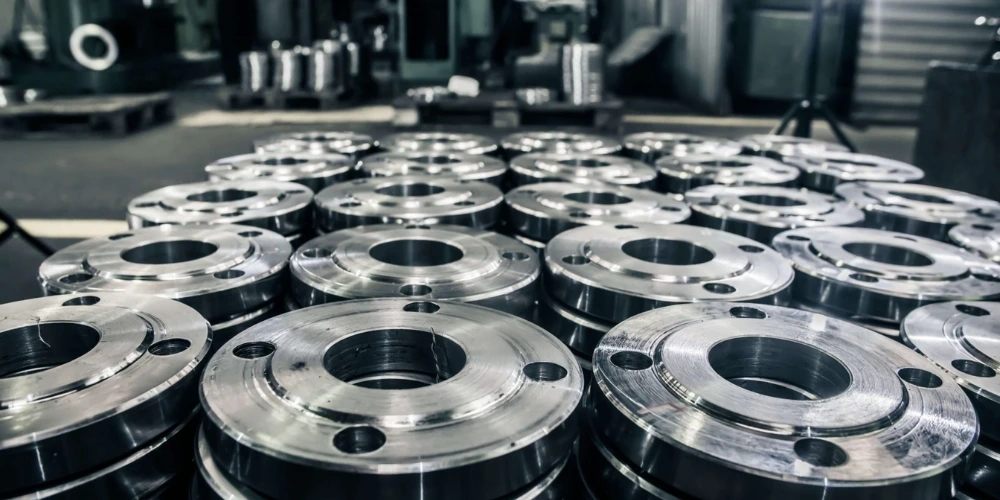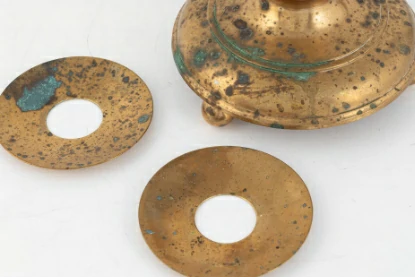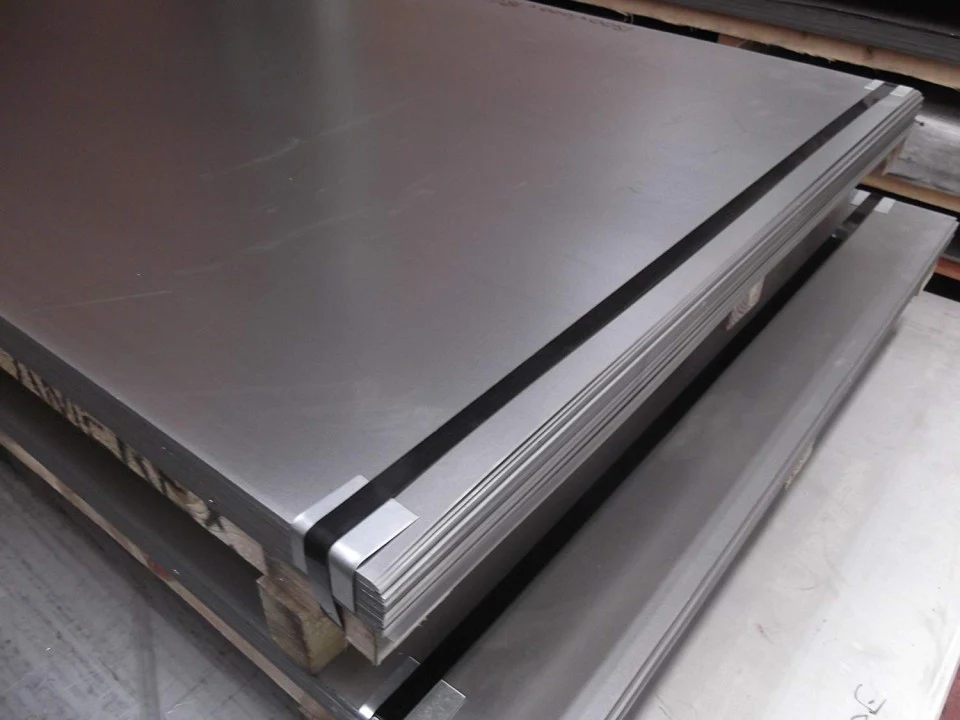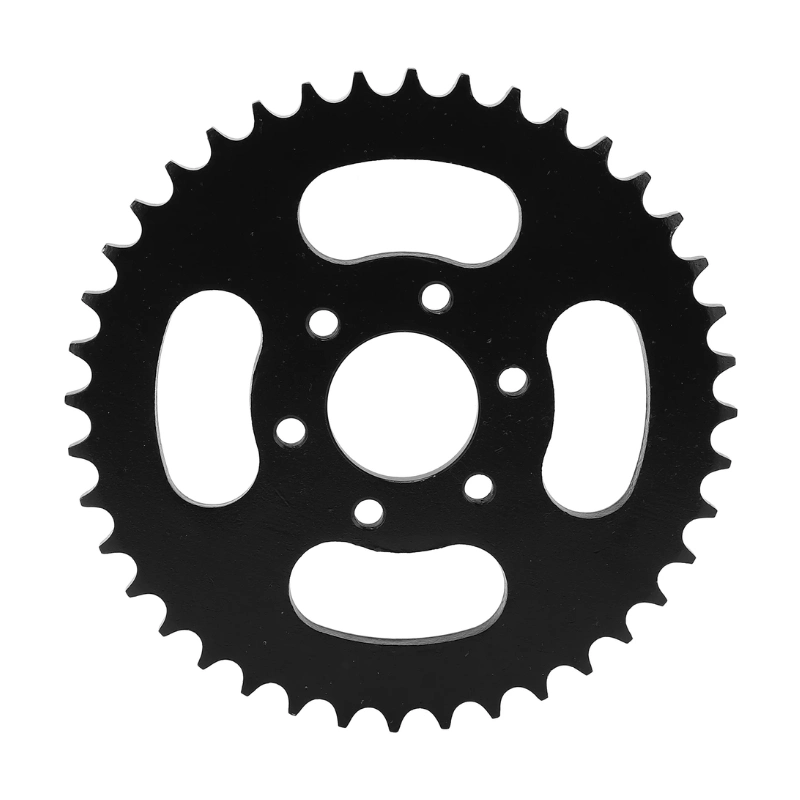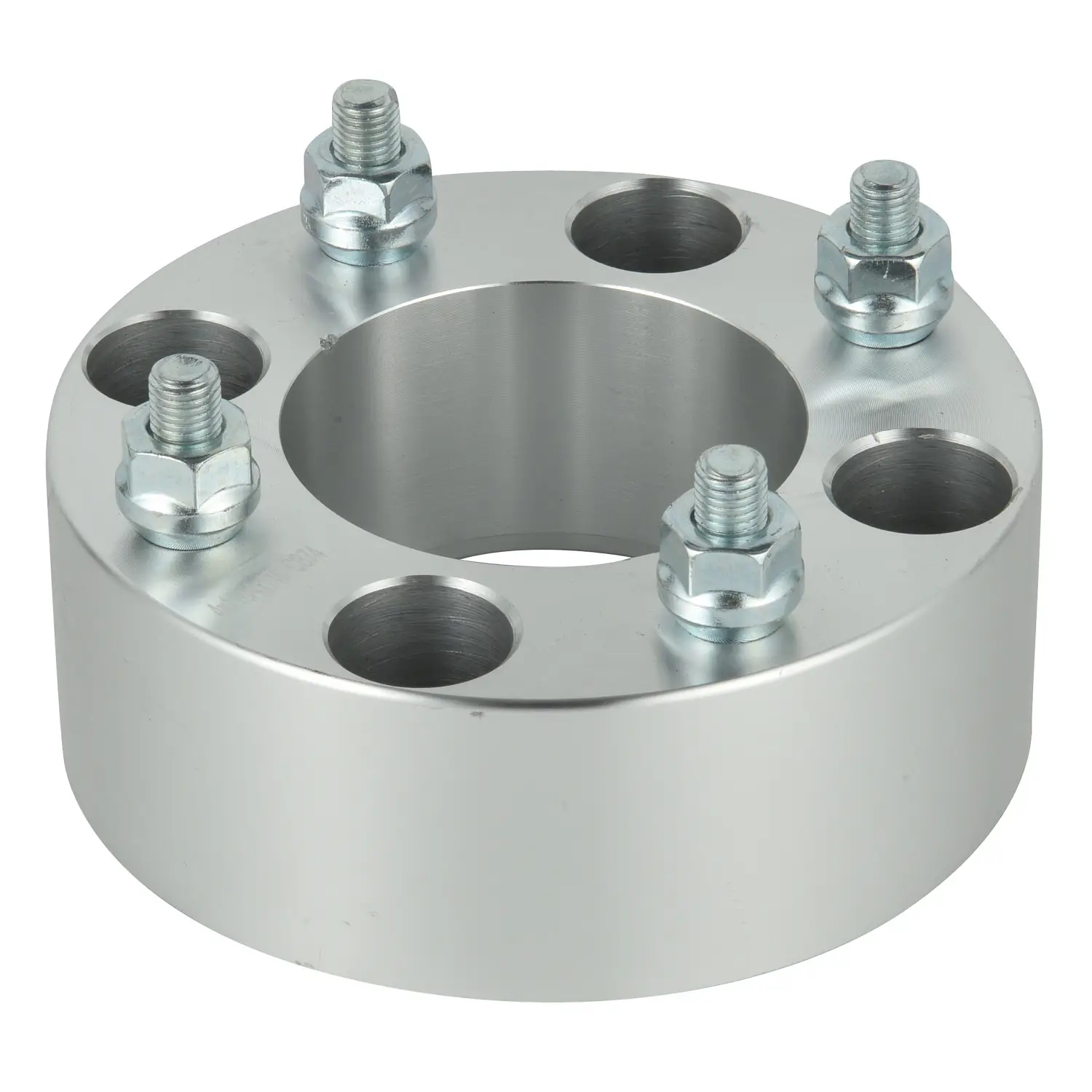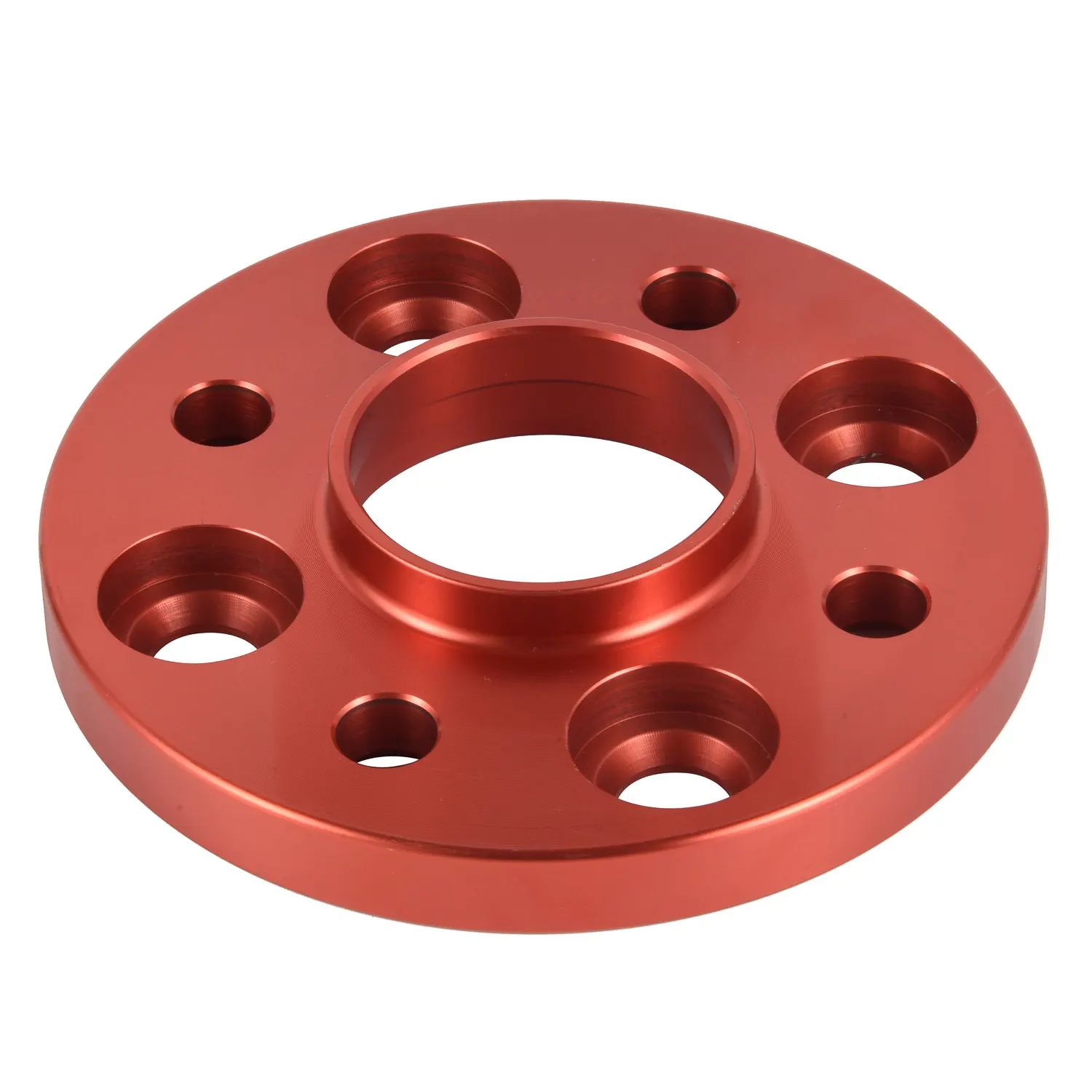Titanium is highly prized in industries like aerospace, medical devices, and automotive manufacturing, thanks to its remarkable strength-to-weight ratio and resistance to corrosion.
Its combination of lightness and durability makes it a standout choice for critical applications where performance matters.
However, while titanium’s properties make it ideal for these fields, they also create major headaches in the machining process. Imagine trying to cut through a material that stubbornly resists wear but also heats up quickly under stress. That’s titanium for you!
Machining it can feel like trying to slice through steel while it’s on fire—not an easy task. In this blog, we’ll explore the key challenges machinists face with titanium. As the saying goes, ‘Forewarned is forearmed.’ Understanding these challenges will help you effectively find solutions.
Widely Used Varieties of Titanium
Titanio and its alloys, like Grado 1, Grado 2, and TC4 (Ti-6Al-4V), are staples in industries such as aerospace, medical, and marine engineering. Their high strength-to-weight ratio and corrosion resistance make them highly desirable.
However, when it comes to machining these materials, the problems are pretty much the same. You’ll face challenges like heat buildup, rapid tool wear, and tricky chip removal.
No matter which titanium grade you’re working with, careful planning and the right tools are key to success.
Key Challenges in Machining Titanium
Heat Buildup and Tool Wear
One of the toughest hurdles in machining titanium is how it handles heat. Titanium is notorious for its poor thermal conductivity, meaning heat generated during cutting tends to accumulate at the tool’s edge.
This heat can quickly wear down tools, cutting short their lifespan. As a result, you’ll often find yourself changing tools more frequently than you’d like, which slows down the machining process and drives up costs.
It’s especially challenging when you’re working with high-precision components that demand consistent tool performance.
Tool Material and Geometry
Picking the right tools is critical for success. For titanium, carbide or coated carbide tools are typically your best bet because they can withstand the heat.
But it’s not just about the material—you also need to get the tool geometry right. Good tool geometry ensures proper chip evacuation and helps with heat dissipation, which goes a long way in keeping your tools sharp and your process efficient.
Chip Formation and Removal
Machining titanium can be tricky when it comes to chips. Titanium produces long, stringy chips that can be hard to manage.
If you don’t handle them properly, these chips can damage your tools and mess up the surface of your workpiece. Poor chip removal can also create serious quality issues, so having the right evacuation strategies is a must.
Surface Finish and Tolerances
Getting a smooth surface finish on titanium is no small task. The cutting speeds and feed rates need to be spot-on to avoid defects.
Plus, titanium’s elasticity adds another layer of complexity, as the material tends to spring back during cutting, making it difficult to maintain tight tolerances. This can lead to deflection, throwing off your precision.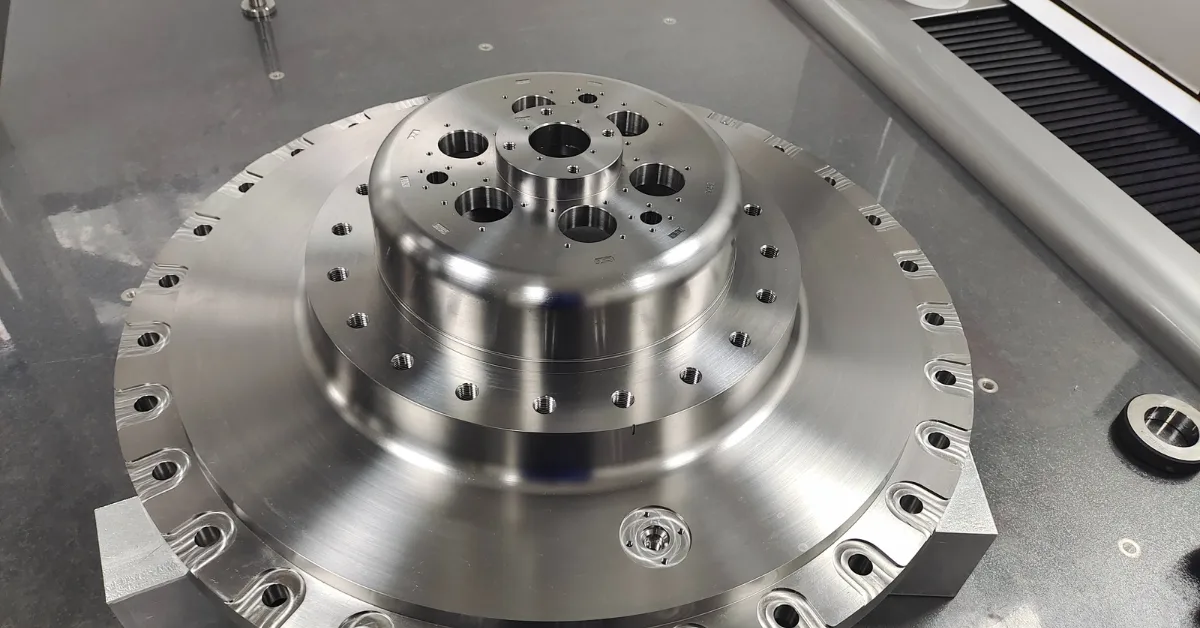
Cutting Speed and Feed Rate
To keep things running smoothly, you’ll want to use lower cutting speeds to control heat and higher feed rates to keep the process efficient. Striking the right balance between the two is key—too fast, and you risk overheating; too slow, and productivity drops.
Key Challenges in Machining Titanium
Coolant Use
Heat is one of the biggest challenges when working with titanium, but a good coolant system can help keep things under control.
By directing coolant to the cutting area, you can prevent heat buildup, which is key to prolonging tool life.
High-pressure coolant systems are particularly effective—they push coolant right where it’s needed most, helping to keep tools cool and performing well.
Selección de herramientas
Getting the right tool is critical when machining titanium. Tools made from coated carbide or ceramic materials are the best choices because they can withstand the high temperatures titanium creates.
It’s not just about material, though; tool geometry plays a big role, too. Tools with sharp cutting edges and good chip control features help you avoid tool wear and maintain a smooth cut.
Choosing the right tool can be the difference between success and frustration.
Optimized Machining Parameters
When it comes to machining titanium, you have to fine-tune your parameters. Running at lower cutting speeds and higher feed rates is generally a good rule of thumb—it helps manage heat while keeping productivity up.
Techniques like step-down milling can also make a big difference by reducing cutting forces and helping your tools last longer.
Advanced Machining Techniques
If you’re looking to go the extra mile, high-speed machining (HSM) and cryogenic cooling are two advanced techniques worth exploring.
HSM allows for faster cuts without as much heat buildup, while cryogenic cooling uses extremely cold temperatures to keep the cutting process cool and smooth.
Both are excellent solutions to the heat-related problems that often come with machining titanium.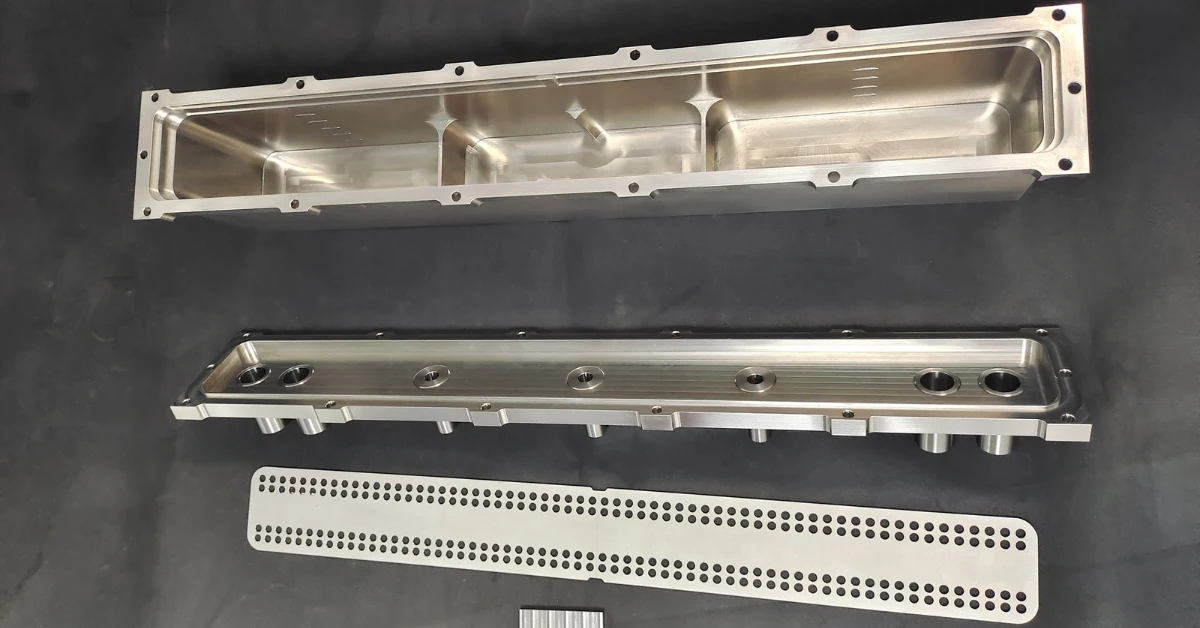
Conclusión
Machining titanium presents several key challenges, including heat buildup, tool wear, chip removal, and achieving a smooth surface finish. Overcoming these difficulties requires careful planning, the right tools, and optimized machining strategies.
At HDC, we offer custom titanium machining solutions, supported by our advanced Mecanizado CNC de 5 ejes center, capable of producing high-precision titanium parts.
Whether it’s for aerospace, medical, or industrial applications, our expertise ensures your titanium components meet the highest standards.
Reach out to HDC for the best in titanium machining services.
Descubra más con nuestras publicaciones de blog.
Mensajes recientes
Descubra más sobre nuestros productos.
Nuestros productos
¡Cotización instantánea!
